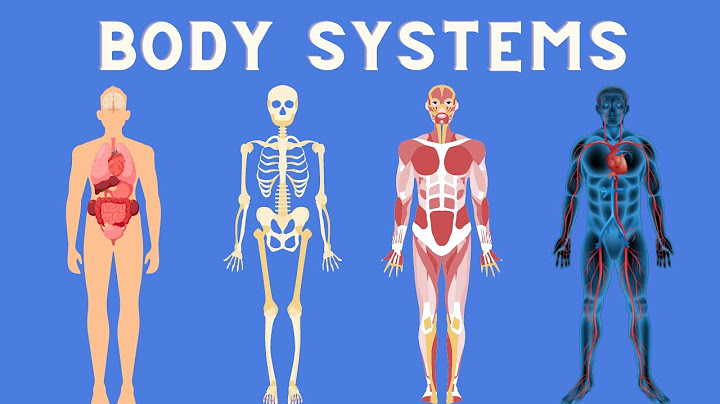Friday, January 15, 2021Spit It Out! Parents’ Guide to Hand, Foot, and Mouth DiseaseAh, the wonders of childhood! Learning, growing, caring, and sharing are all skills every parent wants their child to master. But let’s be honest, sometimes kids can share just a little too much, and might pick up something more than just social skills. Show
What is Hand, Foot, and Mouth Disease?Hand, Foot, and Mouth Disease (HFM) is a common viral infection caused by the coxsackievirus, not to be confused with Hoof and Mouth disease (which only affects livestock). We tend to see a surge in HFM cases during the summer and fall, but it can be contracted at any time of year. It’s highly contagious and is transferred through everyday activities as well as bodily fluids like saliva, feces, or mucous (i.e. spit, poop, and snot, respectively). While adults and older children can still get HFM, it’s usually most common amongst children aged 5 and below. Hand, Foot, and Mouth Signs and SymptomsHand, Foot, and Mouth disease may present with flu-like symptoms after an incubation period of between 3-6 days. Fever, chills, aches, and irritability are always a good indicator that something is up with your little one. HFM is most notably characterized by a spotty, blister-like rash that appears on palms, the bottoms of feet, and around the diaper/buttocks area. These blisters may be flat and ulcerous or contain fluid as they heal, so it’s important to keep your child from picking and scratching. Keep the affected areas as clean as possible. A sore throat and mouth sores are also common and may be noticed as a result of loss of appetite, drooling, or only wanting to consume cold foods or drinks. Dehydration is also a concern. It is important to note, however, that while symptoms are uncomfortable, they’re typically mild, and your child should be feeling themselves again after about 7-10 days. Prevention of Hand, Foot, and Mouth DiseaseUnfortunately, there is no vaccine for Hand, Foot, and Mouth Disease, and sometimes it’s just part of growing up! Children are resilient, and during formative years spend a lot of time developing immunities to common bugs and germs. However, there are a couple of good practices that can help keep your family happy, healthy, and virus-free!
Your browser doesn't support video.
Treatment of Hand, Foot, and Mouth DiseaseAs we mentioned, there isn’t currently a vaccine available for Hand, Foot, and Mouth Disease, but there are things you can do that will help make your child more comfortable while they’re feeling under the weather.
Treating Hand, Foot, and Mouth in Memphis, TN - Pediatrics EastIf you have questions or concerns, schedule an appointment with a Pediatrics East pediatrician. Children who have HFM generally recover with at-home treatment, over the counter medication, and rest. Seek out your local healthcare provider if your child’s condition doesn’t improve after 7-10 days, or if they become dehydrated. Infants below the age of 6 months or children with compromised immune systems should see a doctor at the onset of symptoms. Do you get fluWhen the illness starts, you or your child might have a mild fever, sore throat, runny nose and little appetite. After a couple of days, these flu-like symptoms go away and these new symptoms develop: Itchy rash on the palms of the hand, soles of the feet, knees, elbows, genitals or butt cheeks. Painful mouth sores.
Does hand foot and mouth make you feel unwell?The symptoms of hand, foot and mouth disease usually develop between three and five days after being exposed to the infection. The first symptoms may include: a high temperature (fever), usually around 38-39C (100.4-102.2F) a general sense of feeling unwell.
Does HFM cause joint pain?Rarely, a person may develop joint pain or swelling following an HFMD infection. This happens when the immune system overreacts to an infection, attacking the joint tissues. Doctors previously called this Reiter syndrome but now usually refer to it as reactive arthritis.
What is the last stage of hand foot and mouth?The final stage of the illness is manifested by small, tender red spots that progress to blisters in the mouth, palms of the hands, soles of the feet, and less frequently on the arms and legs, as well as the buttock and genital areas.
|

Related Posts
Advertising
LATEST NEWS
Advertising
Populer
Advertising
About

Copyright © 2024 berikutyang Inc.



















